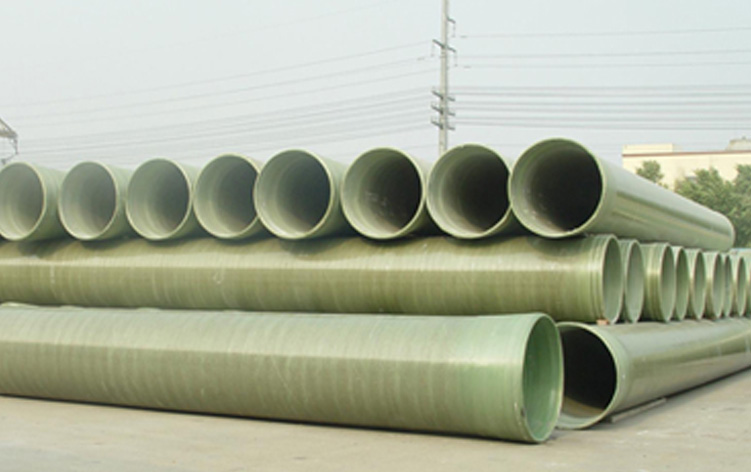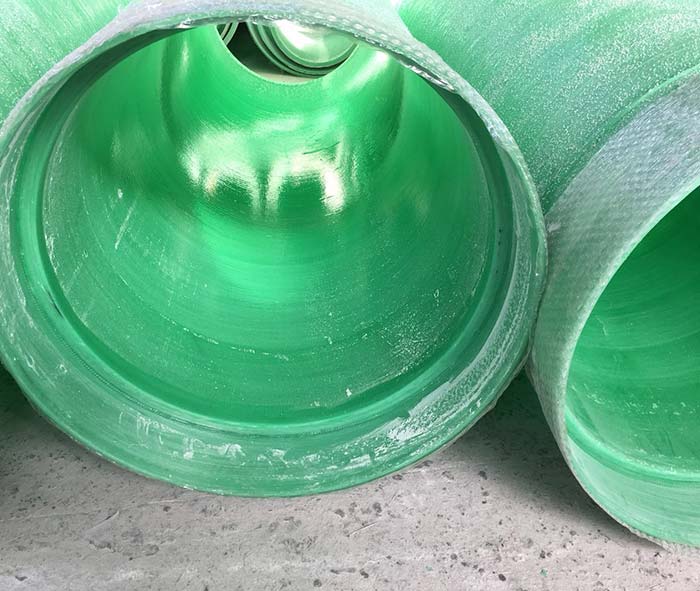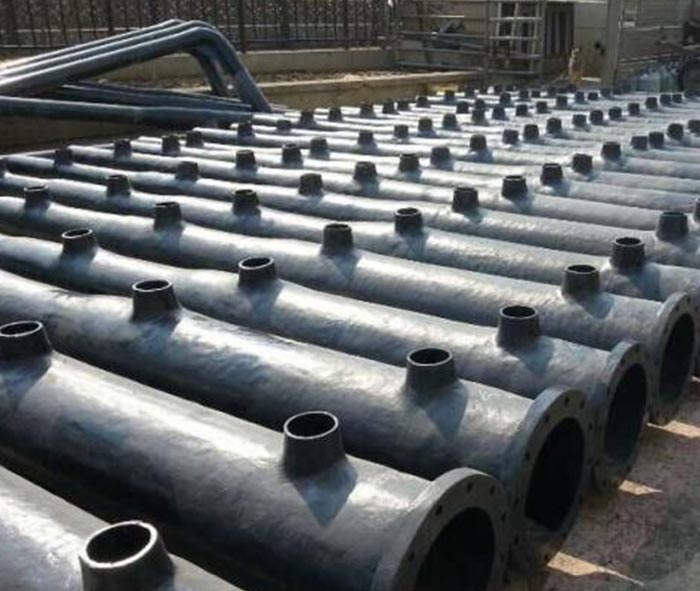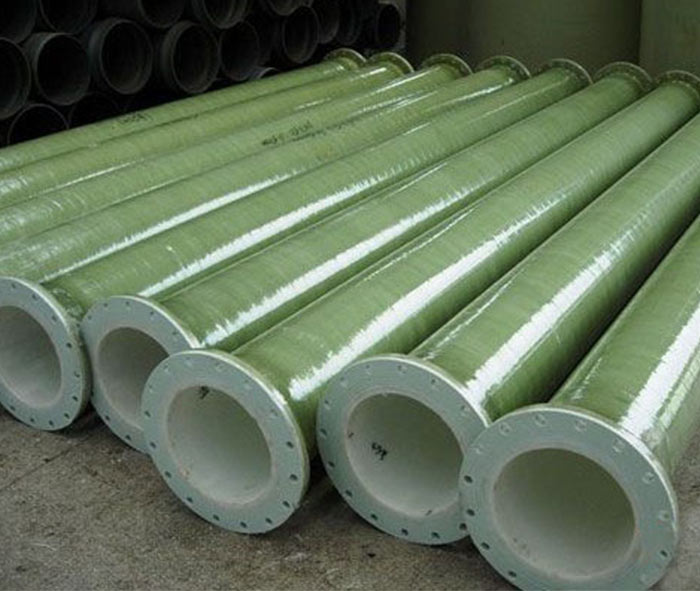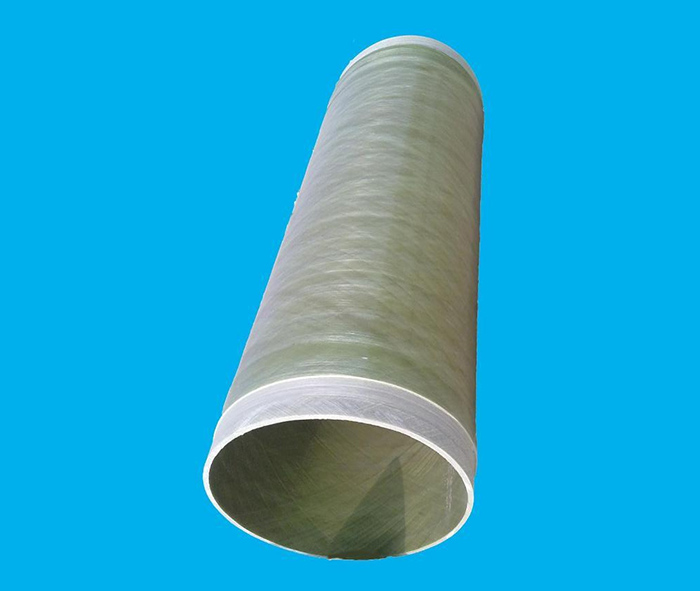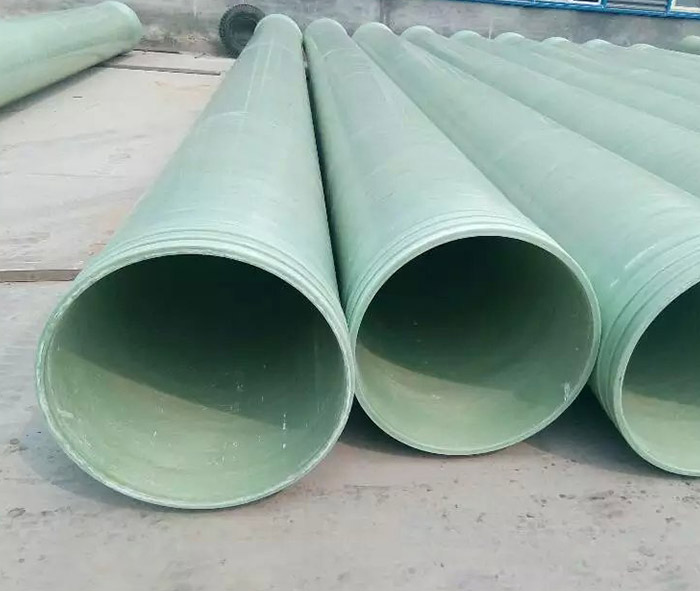
FRP Process Pipe
Application:
The FRP process pipe is a kind of conveying pipe used in the desulfurization system.
Product details
Introduction:
The FRP process pipe is a kind of conveying pipe used in the desulfurization system. Because of the solution of acid and alkali substances transported in the desulfurization system, the desulfurization pipe must have anti-corrosion, wear resistance and temperature resistance to ensure the good running of desulfurization system.
Advantages:
-Light weight
-High strength,
-Strong corrosion resistance
-Convenient installation and maintenance.
Application:
Mainly used in petroleum, chemical, electric power, metallurgy, medicine and other fields, convenient installation and maintenance. The product has been successfully applied to dozens of industries such as petroleum, chemical, electric power, metallurgy and medicine in more than ten countries and regions such as Europe, America, South Korea and Japan.
Characteristics:
1. The process glass fiber reinforced plastic pipe has excellent physical properties. The specific gravity of FRP pipe is 1.8-2.1, which is about 1/4 of steel. It has higher specific strength than steel, cast iron and plastic. The weight of FRP pipe is generally not larger than 1/3 that of steel pipe of the same specification, has excellent physical and mechanical properties, in addition, the expansion coefficient of fiberglass reinforced plastic pipe is roughly equivalent to steel and the heat transfer coefficient is only 0.5% of steel, which is a good thermal and electrical insulator.
2. The process glass steel tube is resistant to chemical corrosion and has a long service life, and is suitable for transporting various acids, alkalis, salts and organic solvents.
3. The process glass fiber reinforced plastic pipe has excellent hydraulic characteristics, and the hydraulic characteristics are one of the important characteristics. Excellent hydraulic characteristics means that the fluid head loss is small, and a smaller diameter or smaller power delivery pump can be used, thereby reducing initial investment in pipeline engineering, saving power, and reducing operating costs. The inner surface of FRP is quite smooth. Generally, the surface roughness can be taken as 0.008. It can be considered as a "hydraulic smooth tube". During operation, the inner surface of steel pipes, cast iron pipes, cement pipes, etc. often undergo local corrosion and become more and more rough, while FRP always keeps the smooth surface of the new tube.
4. FRP pipe installation, maintenance costs are low, in general, glass steel pipe does not need special anti-corrosion treatment; insulation layer can be thinned, or even do not do insulation treatment; pipe is relatively light, lifting equipment tonnage is small, power consumption is less. The length of the FRP tube is longer than that of the cement pipe and the cast iron pipe, and the joints are relatively reduced, which will reduce the installation and maintenance costs, which has been proved by many engineering practices at home and abroad.
5. The process glass fiber reinforced plastic pipe has great design flexibility and short modification period. FRP is made by impregnating a fiber-reinforced material with a resin matrix onto a mandrel according to specific process conditions and curing it properly. The pipe wall is a layered structure, which can be changed by changing the resin system or using different reinforcement materials to adjust the physical and chemical properties of the FRP pipe to suit different media and working conditions. The short modification cycle is a distinctive feature of filament-wound composites, and isotropic metal tubing cannot be compared to it.




